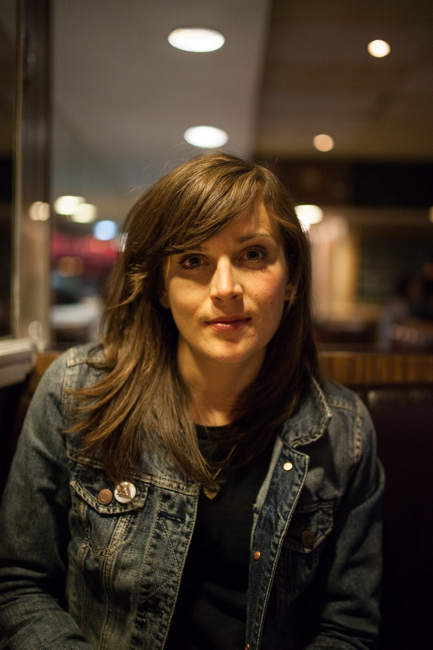Rhiannon Vogl: Landscape, Experience, Memory, Expression
The creators from our summer residency have had some time to process their experience and now, back in Ottawa and Luskville, Rhiannon Vogl and Manon Labrosse are working toward the project they started at the Algonquin Wildlife Research Station. They’ll be keeping us apprised of their progress as the work moves on, so stay tuned!
In this post, Rhiannon tells us about her history with Ontario’s wilderness, her thoughts on landscape, and the beginnings of Manon’s artistic enterprise at the AWRS…
Thinking about my connection to Northern Ontario, specifically that in and surrounding Algonquin Park, I can’t help but find myself returning to Margaret Atwood’s iconic statement that “all landscapes are psychological.” I’ve referred to her writing in Wilderness Tips several times in relation to other artists work – Zachari Logan, Peter Doig, Sarah Anne Johnson – and of course, with this residency, was looking towards considering it in relation to the paintings of Manon Labrosse. Which, returning now after my time in the Park, I still certainly will…
I have yet, however, to turn that phrase towards myself, my own work as a writer, and my own experiences of the natural world. Exposed, expansive, secluded, sublime, the land seems to present itself to artists as that which can be written upon, consumed, possessed, but also equally possessing, imposing and manipulative. Rarely just about nature, only about the vista, or the world “out there,” landscapes seem always already loaded with that which exists “in here.”
Having spent five days steeping in the wilderness, staying in an incredibly unique and special area of Algonquin, rarely visited by the public, the “in here”-ness of the land began to reveal itself in ways I am only beginning to start to process.
Until I was 19, I lived in Powassan Ontario, just north of the Park’s border. The landscape of the Canadian Shield is one that is simultaneously nostalgic and familiar, a source of current wonder but also tinged with malaise – a place I unabashedly rejected while growing up. I no longer have a family home there, yet it is nearly impossible for me to imagine life disconnected from this part of the country.
Psychologically, and physiologically, this landscape is truly inside me, part of my internal memory-scape, that, while on residency, I was able to access more intensely, to feel again in a more tangible way as I moved through my daily activities there – hiking, observing, meditating, and talking with Manon. This immersion was a chance for me to reconnect with a place in myself too long left unvisited…
Reflecting on what we saw, experienced and discussed while in the Park, it dawns on me how lucky I am, as a writer, to be able to see an artist in the midst of inspirational shifts, watching her growth and excitement for new work on the horizon, and being able to share events and encounters that will in turn shape the future work she creates.
Times and spaces like these are rare – and even more invaluable when shared with another creator. Many thanks should be extended to the Algonquin Art Centre and to the Wildlife Research Station, for welcoming us and for allowing for this creativity to begin unfolding…




